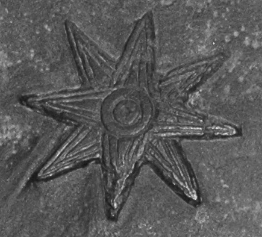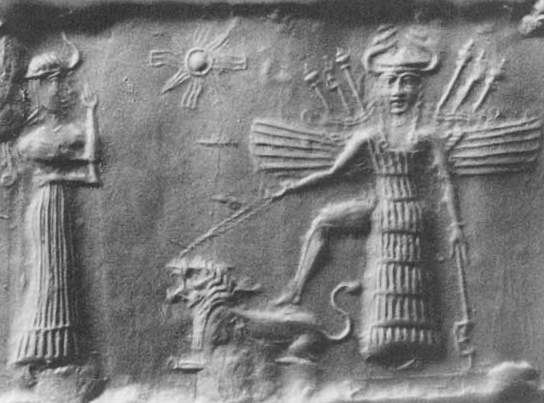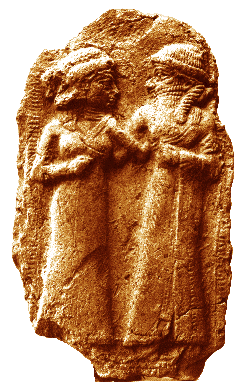
Inanna, also known as Ishtar in Akkadian, was a goddess in Sumerian religion and society who played a significant role in many aspects of life. She was considered the goddess of love, fertility, war, and politics, and was one of the most important deities in the Sumerian pantheon.
Inanna was associated with the planet Venus, and was often depicted as a beautiful and alluring woman. She was also associated with the power of the underworld, and was thought to have the ability to bestow both life and death.

Inanna’s role as the goddess of love and fertility was evident in the many rituals and festivals that were held in her honor. These included the Akitu festival, which celebrated the renewal of the earth’s fertility, and the Sacred Marriage ceremony, in which the king would symbolically marry Inanna in order to ensure the continued fertility of the land.
As the goddess of war, Inanna was considered the protector of the city of Uruk and its king, Gilgamesh. In this aspect, she was depicted holding weapons and was thought to have the power to bring victory in battle.

Inanna’s role in politics was also significant, as she was considered the patron of the city-state of Uruk and its ruling dynasty. The kings of Uruk were believed to be chosen by Inanna and to hold their power through her favor.
In Sumerian literature, Inanna is also known for her journey to the underworld, during which she faced many challenges and ultimately had to sacrifice her husband, Dumuzi, to return to the land of the living. This story is believed to symbolize the cycle of death and rebirth, and to demonstrate the power of Inanna as the goddess of both life and death.

To learn more about Inanna, I highly recommend Inanna, Queen of Heaven and Earth: Her Stories and Hymns from Sumer by Diane Wolkstein and Samuel Noah Kramer.

